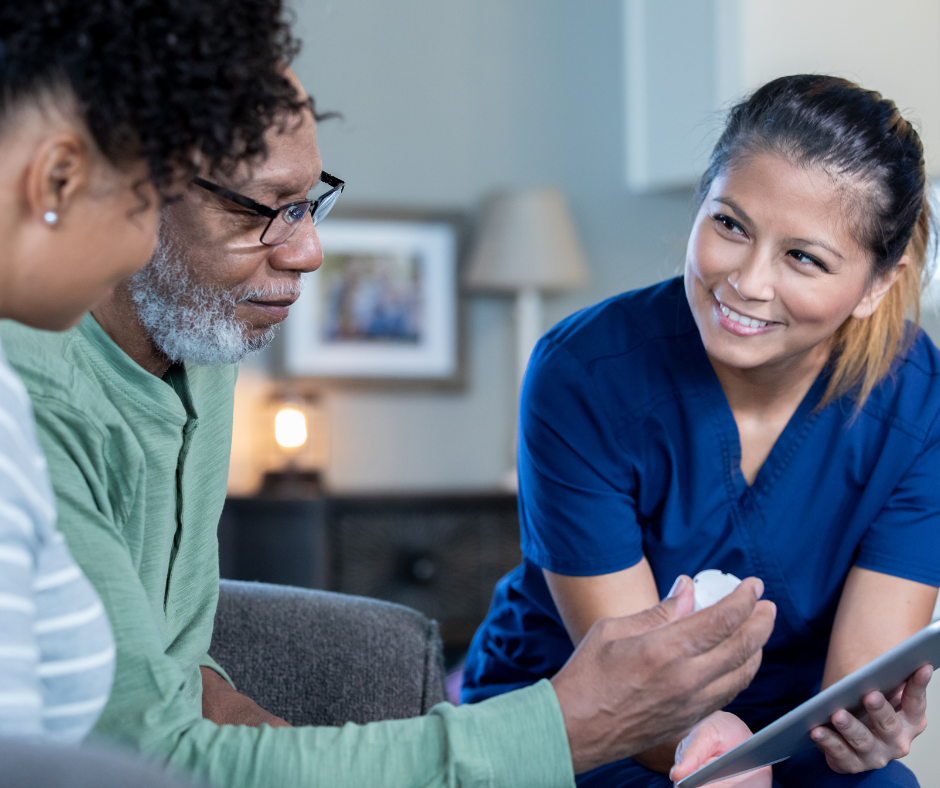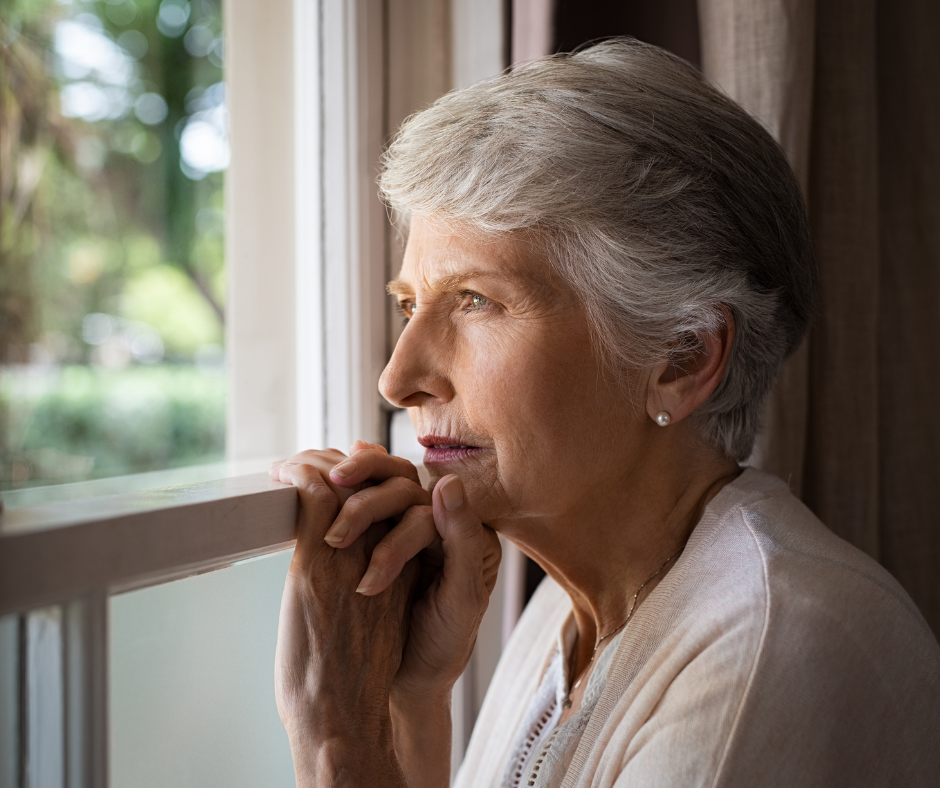
With the analogue to digital transformation underway, there is an urgency for Local Authorities, Housing Associations and Service Providers to move away from analogue connected solutions to products that connect digitally, in order to ensure service users’ safety.
With the date of the digital switchover drawing worryingly closer, the need to replace analogue equipment with digital solutions that are specifically designed to work on the new digital infrastructures is all the more imperative.
A recent poll, showed that housing and care sectors aren’t adequately prepared for the digital switchover due to come into effect in 2025.
One of the challenges faced by our sector can be attributed to analogue systems that are incapable of communicating reliably over the new digital infrastructures. Alarm receiving centres that aren’t digital will be unable to safely handle calls from vulnerable users, and as we get closer to the digital switchover, alarm call failures will continue to rise.
To bridge the gap for Local Authorities, Housing Associations and Service Providers that are not yet ready to transition to a fully digital option because their control centre is not fully digital, Everon has developed their digital grouped living solution and enabled it to be translated into analogue protocols which allows control centres to start buying digital equipment’s, use them with their current analogue centre and migrate them remotely to digital when ready.
What you should pay attention to now
Our recommendation is for Local Authorities, Housing Associations and Service Providers to have a fully digital, future-proof solution. However, if you find yourself in a situation where you’re unable to transition to a fully digital solution in time for the switchover:
In the words of Phil Cain, Industry Vendor Liaison, TalkTalk – “You’ve got to do something about this, you’ve got to have a plan. That timeframe for doing this is getting smaller and smaller. We started this 4 years ago. We’re now less than 3 years from this happening”.
To find out how Everon’s solution can help, click here.
To read the Case study, click here

Following the launch of the Digital Switchover White Paper “The Digital Reality” produced by Everon and partners, Jeremy Porteus, CEO, Housing LIN tells Everon why some providers have been slow to embrace the role of digital, how the cost of living crisis is impacting and why doing nothing is not an option.
Why is the Housing LIN and its members interested in the digital switchover?
First and foremost we want to make sure that our members in health, housing and social care sectors are aware of the digital switchover and the implications and so that anyone who has analogue systems can build their strategies to be digital ready by 2025.
This can be anything from social alarm telecare provision through to systems that are Wi-Fi enabled, community equipment services or adaptations in the home, such as floor lifts with a digital interface. So for me, it applies not just to health and social care, but also to smart housing.
Why have care, health and housing providers been slow to embrace the role of digital and technology?
“At a leadership level, there aren’t sufficient digital champions.”
Many of the decision makers and boards may be in positions where they themselves are digitally resistant or technology averse.
There are significant issues around workforce and training to enable front line staff to be tech enabled. Perhaps training and skills haven’t traditionally relied on a digital interface due to the provision of care and support being a physical presence, as opposed to a digital presence.
There is an element of a lack of understanding of what’s going on and a lack of how to change or improve and innovate. So the danger is you’ll have more of the same-old rather than listening and understanding to what’s needed from your customers and the tech journey required to meet those needs.
What is the latest situation in relation to the digital switchover from a housing LIN’s perspective?
From the Housing LIN’s perspective, it is important to communicate messages through to our members. We have ongoing relationships with our partners to make sure that we are constantly raising awareness, sharing best practice and that includes looking at relevant products, key service delivery impacts and above all, consider the overall implications for residents and users of services whether in receipt of care or support.
“We must ensure that there’s an ease of transition from analogue to digital and that there is a smooth transfer which doesn’t disrupt the lives of the people who need it most.”
How does TAPPI (Technology for our Ageing Population: Panel for Innovation) help?
TAPPI has the potential to recognise that there are a number of important principles that have to be embedded in going digital. These are not about compliance in relation to technical standards, but more about a broad set of principles that shape why these standards are important and how they apply to the needs and wishes of customers.
The ten TAPPI principles will be tested and co-produced with the residents who are participating in these 6 sites along with the housing associations, local authorities, NHS partners, technology manufacturers, suppliers and developers. This is to ensure there is a whole system approach to make sure where technology interfaces with people, from the outset the providers are embracing and thinking about the ageing population.
My hunch is technology is developed by people aged 18-40 for people predominantly aged 18-40, working on gamification, mobile applications etc. The ageing population is not yet regarded as a significant market but we know that baby boomers are the new zoomers, especially since the pandemic. We want to create a kitemark whereby when engaging with people in later life, technologists have thought about the 10 principles in relation to technology for an increasing share of older customers.
TAPPI Phase 2, jointly administered by the Housing LIN and the TSA, is funded by the Dunhill Medical Trust. The TAPPI traffic lights turned green on 5 September 2022 - it’s a long journey and the next 12-15 months will help that journey. Read more here.
What are the biggest concerns for members/what are you worried about?
“One of the biggest concerns for members is what is the likelihood of increasing poverty and inequalities.”
Most people are concerned at this moment in time not about technology, but about the cost of living crisis and fuel poverty and how they can support their residents who may have serious financial concerns due to being on Universal Credit or low incomes.
What I’m worried about is that inequality will also create digital inequalities and further exclusion for the very people who need technology most eg those that have to charge their electric wheelchair or need 24 hr heating for poor circulation. So there will be a real impact on people’s wellbeing. From a tech perspective we need to make sure it is affordable, low cost, easily applied, easy to use and reliable.
Do you think the cost of living crisis will push back advances in digital?
There is a possibility that self-funders and carers will be impacted the most. They are already struggling with homecare for example if they have a crisis and are coming out of hospital. This could have a knock on effect in terms of creating far more pressures on the system. That’s why TAPPI which is around coproducing services with the user, may be able to offer help to self manage or maintain health and wellbeing for as long as possible. It will then create an opportunity to compress dependency to a much shorter time or to a later stage in life.
“For me there is a health economics reason why digital has to work.”
What are the key opportunities and benefits to members of digital?
Opportunities are that we need to see this as a mainstream offer and not just allocated as a specialist provision because the digital platform enables you to build up or down to meet particular individual needs. Mainstream and continuous learning around the use of digital is needed.
What is your message to housing and care leaders?
A large majority of your existing customers will be older adults and those living with long term conditions and my message is to look at your customer profiles. There is an urgent need to engage with and develop the appropriate strategies to address how to be ready for the digital switchover. There isn’t long to go. There’s a high possibility that whilst they know about it, doing the transformation has to be done at pace.
Who is ahead of the game / what does good look like?
What TAPPI showed us is that there are lots of really good examples out there. For example Innovate Trust in Wales, Radius in Northern Ireland, Guinness in England, offer good examples of pilots and testing. We need to make sure we move from these small scale projects to something mainstream and sector wide at a time when the sector is faced with addressing climate change, the impact of Grenfell, fuel poverty etc.
“This is as significant an issue as the cost of living crisis and I think it has to be red flagged by the boards and committees at the highest level.”
What does the future hold?
I think what could be different in the future, is that we need to make sure there is a higher digital literacy both in terms of people making decisions and the users of digital.
“We need to build the social capital as well as the technical/digital capital.”
How do we get there? Well some of the actions required will be based around research and evaluations and piloting such as the TAPPI project but also regulation and quality assurance mechanisms. A core component is co-production and co-design and one of the other principles is around interoperability. How to mix and match. The population isn’t a homogeneous group.
“Doing nothing is not an option.”
To learn more, see the Digital Switchover White Paper “The Digital Reality” here

There is an urgent need for all housing and care providers to upgrade analogue grouped and dispersed systems, due to the digital switchover programme. At some point during the run up to 2025, traditional analogue systems will fail. Knowing where to go for help and advice is an issue.
A new white paper supported by Everon and Housing LIN with contributions from Openreach, BT, TSA and Eseye, has been launched for the sector. This paper:
Peter Kerly, MD, Everon UK added “This paper has been drafted because of a growing need to better inform the sector about important changes impacting the digital transition. Following two successful webinars and a breakfast meeting with housing and care leaders, some key questions were debated and we hope this paper will help anyone looking for more support.”
What to look out for:
Housing and care providers have ageing stock and arguably the technology sector has been slow to provide a digital offering. Customers want choice, best of breed technology, open APIs, yet they need to understand the costs and don’t want a one size fits all approach. However, the first step in solving the problem is to recognise that it does exist.
Download the paper for the information you need to make important steps forward with digital.
About Everon – Your digital partner
Everon is the European market leader in digital grouped living solutions. Through significant investment in innovation over many years, our flexible, cable-free, open platform provides personalised, trusted and sustainable solutions that enhance life.
Everon uniquely invests 10% of its revenue in research and development pa and all systems can be quickly configured to suit specific client requirements in any care setting including care homes, assisted living or at home.
Health, housing and care partners can be reassured of the upmost quality, value for money and future proofed investment. With cloud-based, secure data sharing, our systems enable one holistic view and deliver proactive service models.